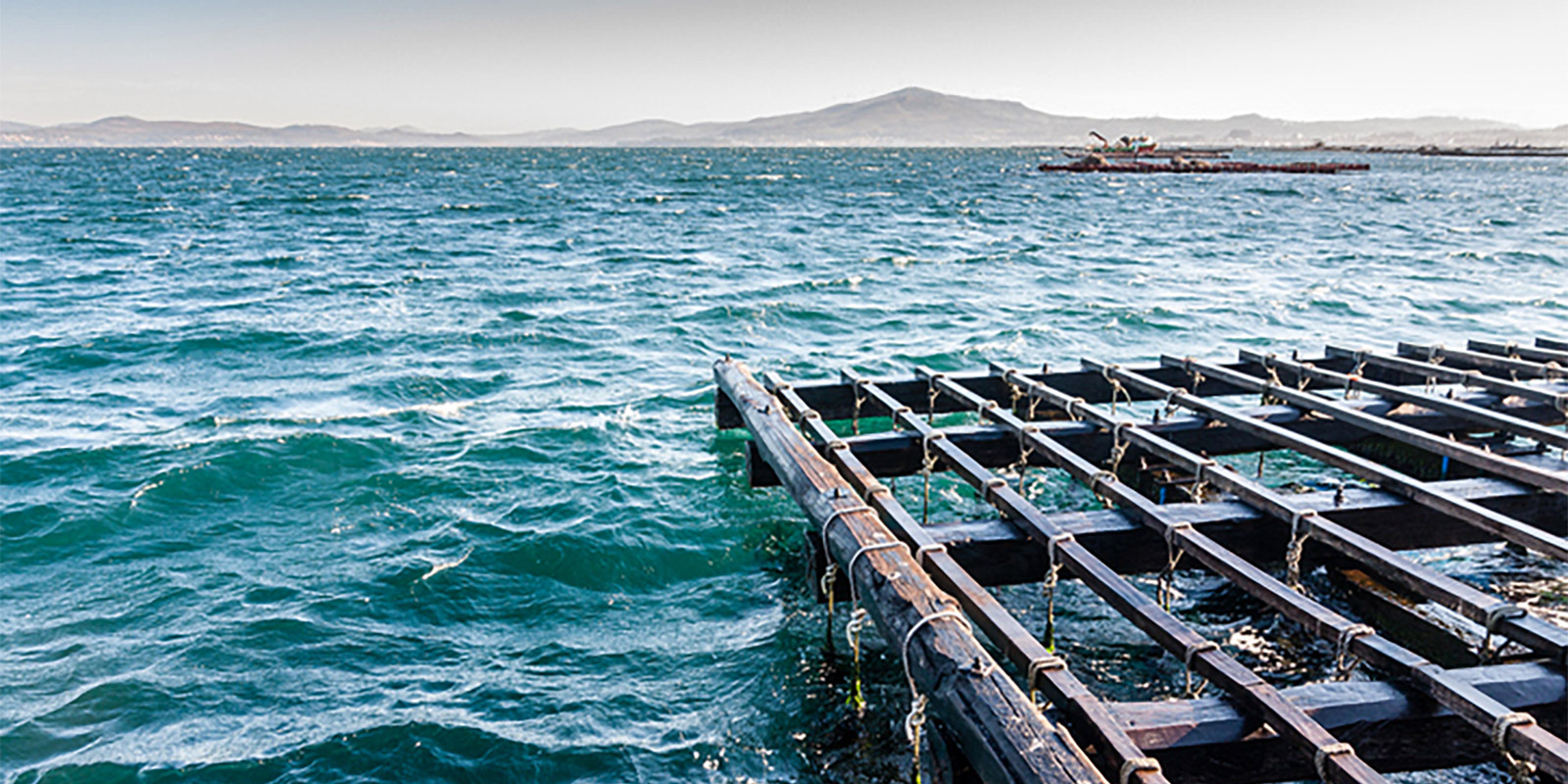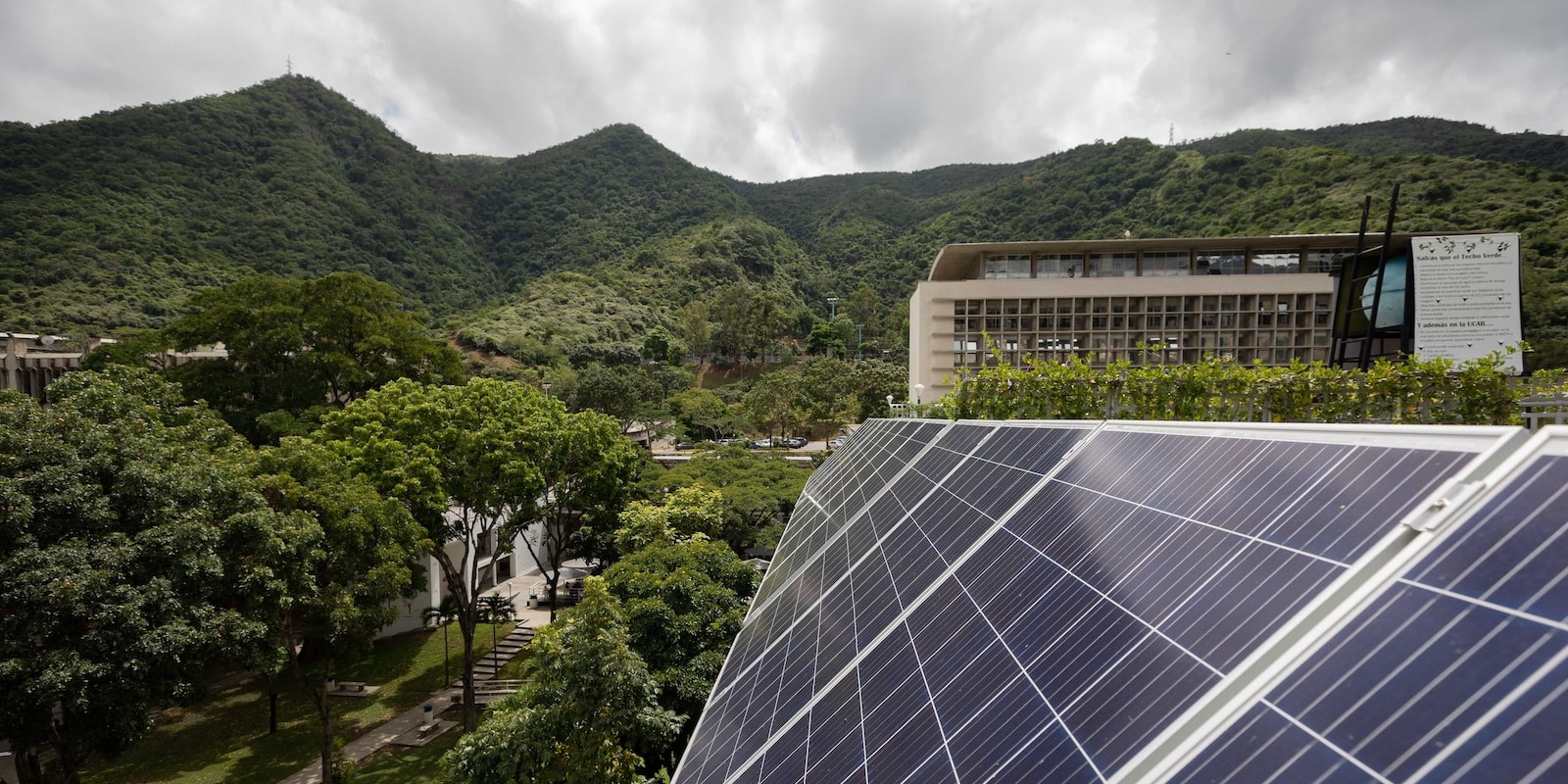Tuesday, January 14, 2025
Frouma uses wood that is no longer in use on mussel rafts to create designer furniture in limited editions. It is circular economy right on the riverbank.
Source: Colpisa
«I grew up among wood shavings and sawdust. I have always been a carpenter,» says Fran Millán, the manager of Frouma, a furniture company that sources its materials from a place that, at first glance, seems unexpected: the sea.
Before joining Frouma, Millán worked for furniture companies and traveled to different countries assembling furniture. "It was a very enriching stage," he says, which allowed him to see both what is being done globally and what is happening in the industry. However, it was also a challenging period, he explains, as it demanded being away from home for extended periods and maintaining a high level of mobility. «You always had to be available», he remembers, with a very high pace of work. «I wanted a change», he reflects.
The need for change sparked an idea rooted in sustainability, addressing multiple aspects: how work is done, production methods, business practices and the choice of materials. He also aimed to "emphasize the value of time," showcasing how things can have lasting durability and stand the test of time.
It is something that was once closely tied to the idea of what furniture should be, but that connection has faded lately. It is like a classic piece of furniture you would find in a grandmother’s home, one that has stood the test of time, outlasting all the changing fashions and trends, yet it remains exactly as it was when purchased decades ago.
Waste raw material
For this, Frouma also commits to the circular economy. The wood they use was previously limited to a few residual uses and had no broader application until now. Therefore, their furniture is made from mussel raft wood.
The mussel rafts dot the Galician estuaries, where they serve as nurseries for mussels. Once the wooden crossbars that formed them were no longer useful in the water of the estuaries, they no longer had a new potential identity. Some people used it for firewood or occasional special projects, but beyond its initial purpose, the wood had little to no use beyond its original service life.
What value does reclaimed ocean wood bring to furniture making? «Its appearance is the first thing,» Millán points out. « It has a very clear identity,» he says. This wood is exposed to the Atlantic, which causes it to gain in salinity and thus obtain a different protective element than other woods.
The raw materials have just spent over a quarter of a century at sea. This maritime life also gives it a distinct finish. Thanks to the ocean, it gets wrinkles and cracks. The sea gives it its own personality.
The sustainability of craftsmanship
The use of wood sourced from the ocean also implies that the amount of furniture that can be produced is restricted. It is not about mass production but rather creating them in a limited way, something that ties back to the concept of sustainable production. «Raw material limits us,» indicates Millán. The carpenter points out that they are not a factory, their furniture requires a more artisanal process to enter the world. They are unique pieces produced in very limited quantities.
Frouma operate out of Ribeira (A Coruña). This seaside town is the point of origin of the brand's creator, but it is also the place where they can easily and simply access their materials. While the wood for their furniture could come from any forest and any region where these types of tools are produced, most of the forests are primarily located in the Galician estuaries.
The Arousa estuary (where Ribeira is located) is, due to the nature of its waters, the most productive in terms of rafts, which also results in a slightly faster turnover of its wood compared to other estuaries.
Producing furniture from raw materials recovered from the sea is made possible in a town like Ribeira, allowing for a "kilometer zero" approach.
¿Te ha parecido interesante?





